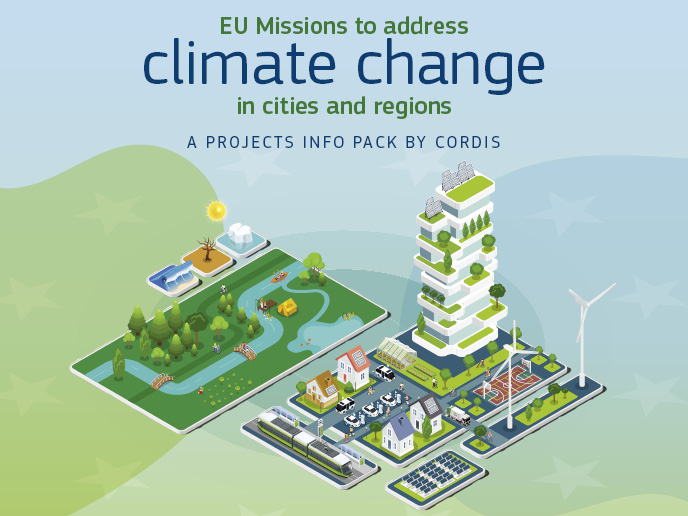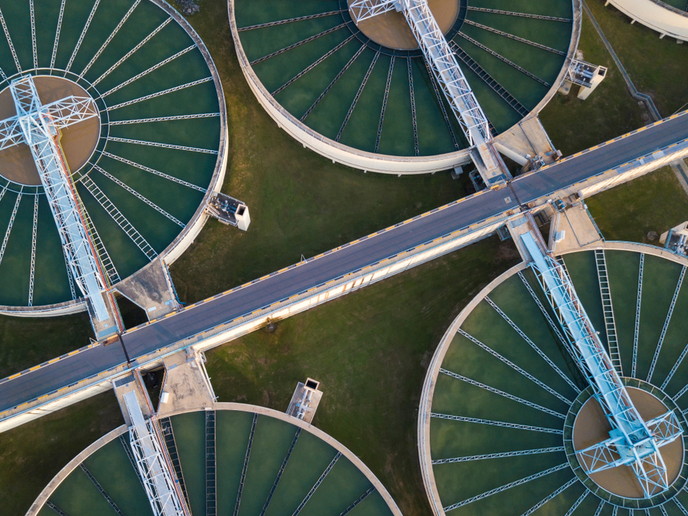Effects of climate and land use on water resources
Climate change data indicate that changes to precipitation and temperature can dramatically alter the supply of and demand for water. In addition, the landscape is changing at an unprecedented rate as a result of human activities, which is impacting society's need for food, energy and water.Just how stable and resilient society and natural ecosystems can remain in the face of climate change is not fully understood. One of the main areas for concern is the hydrological cycle and the availability of water resources.The 'Water resources vulnerability to climate and anthropogenic landscape changes' (WARECALC) project investigated the impact of changes in rainfall and the replenishment of usable water supplies. Researchers conducted data analysis and developed models to discover how changes to land use affect rainfall and drainage patterns. WARECALC applied an interdisciplinary approach based on a wide range of scientific fields, including hydrology, fluid dynamics, soil physics, plant physiology and water resource management. Scientists determined the threat to water resources from climate and land-use change by investigating the interacting processes that influence the movement of water from the soil into the atmosphere. Project partners coupled an atmospheric boundary layer dynamics model with a detailed soil–plant model to study the movement of water from the soil into the atmosphere via plants as water vapour. The soil–plant model was used to simulate root water uptake and responses by the vegetation to water stress.Scientists also investigated the impact of run-off from melting snow and glaciers on alpine environments using different climate scenarios. In addition, catchment and regional climate models were studied to evaluate their use in water resource management. Data from the WARECALC project regarding the water cycle will be applied to climate scenarios and used to determine the impact on water demand. This information will then be used to estimate available water resources and invest in new methods for optimising their allocation and management.







